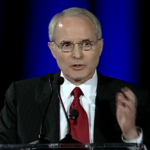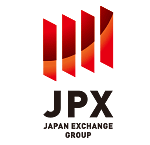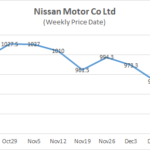
Frequent visitors to our blog are likely aware of Japan’s major corporate governance reforms, but not everyone is familiar with the story behind how these reforms were crafted. The eminent Steven K. Vogel (Professor of Political Science at the University of California, Berkeley), recently wrote a concise and easy-to-follow history of the major reforms to Japanese corporate governance practices since the 1990s, describing how and why they came to pass.






